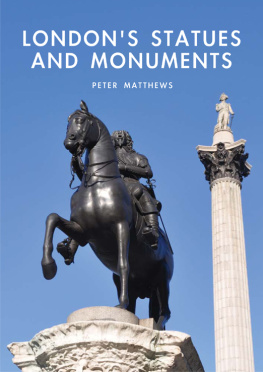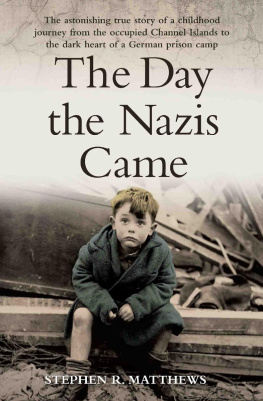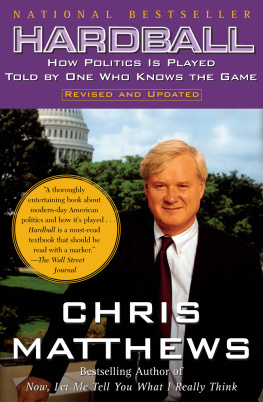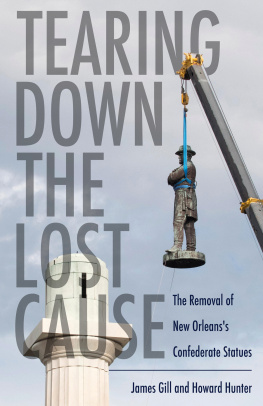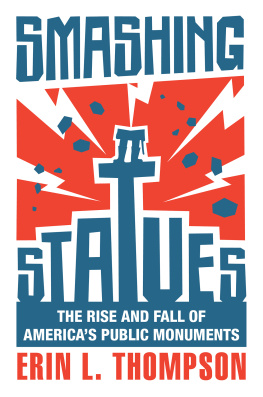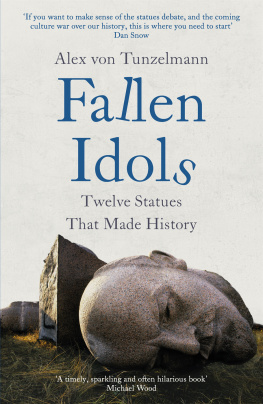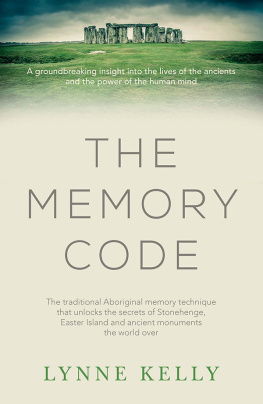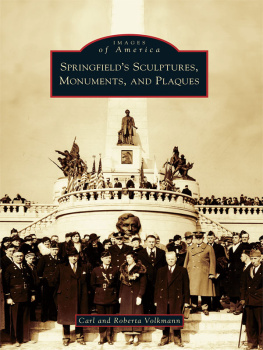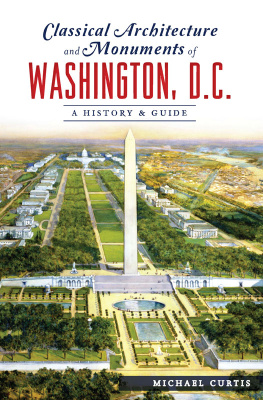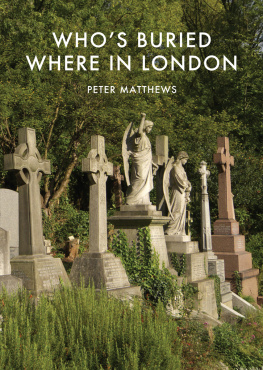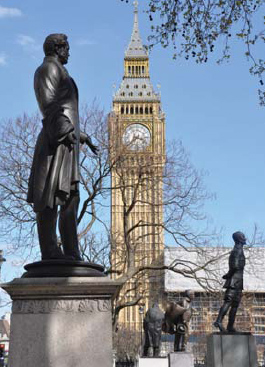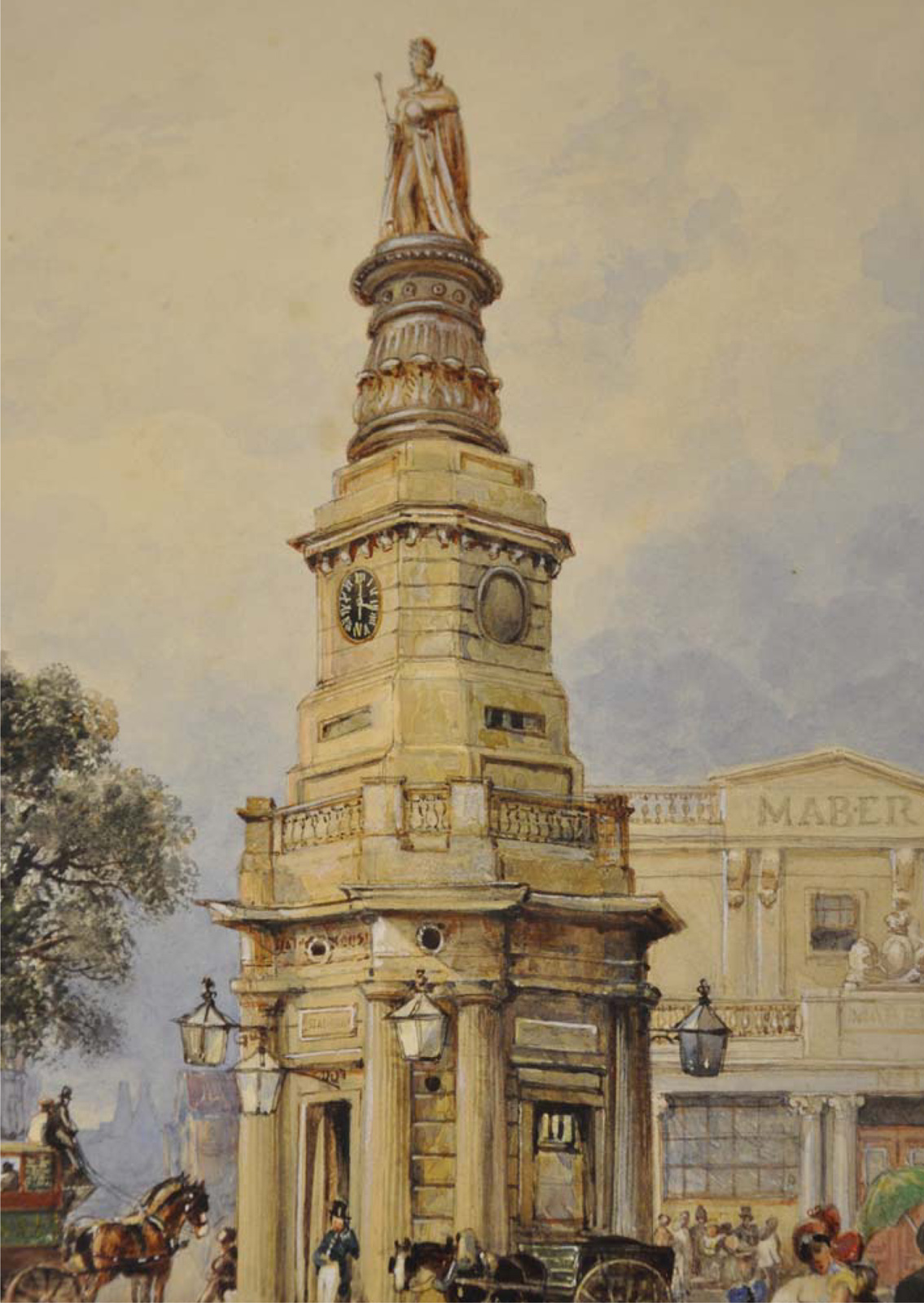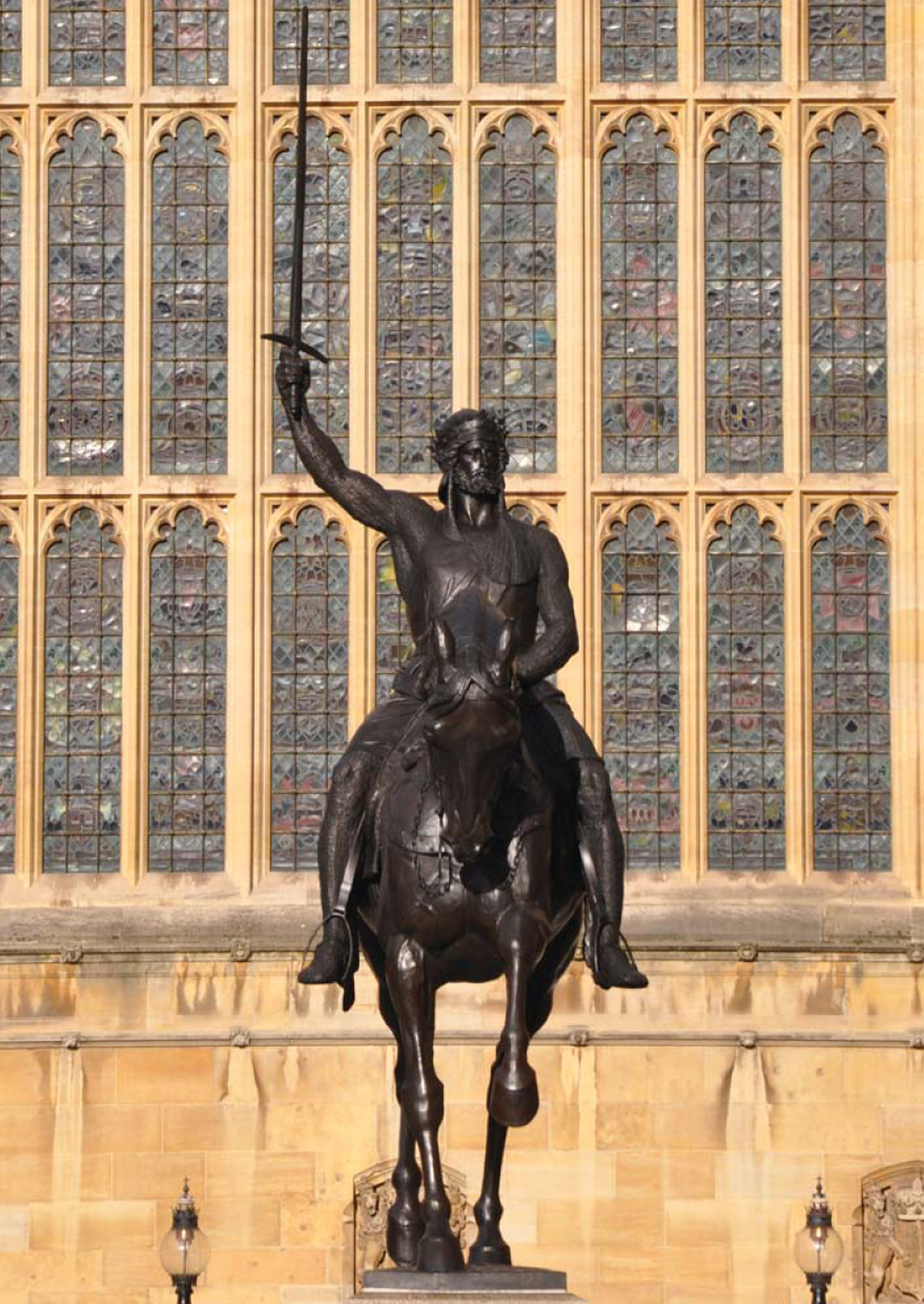LONDONS STATUES AND MONUMENTS
Peter Matthews
SHIRE PUBLICATIONS
Parliament Square, with the elegantly dressed Palmerston in the foreground, and Jan Smuts, Lloyd George and Churchill in the background.
CONTENTS
This statue of George IV gave its name to Kings Cross, but was considered an eyesore and was demolished in 1845.
INTRODUCTION
L ONDON probably has more statues than any other major city in the world. Its streets, squares, parks and gardens are filled with monuments to kings and queens, politicians, military heroes and other notables considered worthy of such acclaim. However, tastes and attitudes change, and many people considered important enough in their day to be publicly commemorated are today obscure historical figures whose contribution to the countrys history is long forgotten. Ken Livingstone, former Mayor of London, once suggested that the statues of Napier and Havelock in Trafalgar Square should be removed, as nobody knew who they were. I hope this book will enlighten the reader about the significance of the more than four hundred statues and monuments dotted around the capital.
As well as being an outdoor portrait exhibition, the sculptures are also an openair art gallery, with work by the countrys greatest sculptors from Grinling Gibbons to Alfred Gilbert, and they illustrate changing artistic styles and tastes through the ages. In the seventeenth and eighteenth centuries, and even into the nineteenth, it was considered appropriate to portray kings as Roman emperors or drape politicians in togas. It was felt that depicting them in contemporary dress did not ennoble the subject, and many sculptors found it difficult to make trousers look good on a statue. Even when greater realism was accepted, the poses were often formal and stiff, until the so-called New Sculpture brought in a greater naturalism towards the end of the nineteenth century. Todays statues are often more dynamic and have a low plinth, or no plinth at all, making the sculpture more approachable.
The earliest statues are of royalty and almost every monarch since Charles I has a statue in London, with Victoria topping the list with five. Some of their consorts are also commemorated, especially Prince Albert, whose vast number of national memorials so annoyed Charles Dickens that he wrote to a friend, If you should meet with an inaccessible cave to which a hermit could retire from the memory of Prince Albert, pray let me know. With a few exceptions, it was not until the nineteenth century that statues of politicians and military heroes began to appear, and by the end of the century London was full of monuments to creators and defenders of the Empire. Bravery and leadership in war continued to be commemorated, but after the Crimean War memorials began to include the ordinary soldier, and from then on war memorials would be less triumphalist, culminating in Jaggers great Royal Artillery Memorial at Hyde Park Corner and Lutyens Cenotaph in Whitehall. In the twenty-first century we are still putting up memorials commemorating the heroes of the Second World War, prompted by a number of anniversaries, with the controversial Bomber Command memorial in Green Park due to be unveiled in 2012. The most recent trend, though, is for football legends, such as Bobby Moore, to be commemorated. Perhaps in a hundred years time they will be as forgotten as many of the nineteenth-century generals.
Most of Londons outdoor statues are of bronze, which looks good in sunshine, but less so on a gloomy day in winter. Sculptors have also used various types of stone, including Portland stone and marble, but in Londons polluted atmosphere many of these statues have become badly weathered over the years. Granite has been much used for plinths, as it is hard-wearing, but few statues are made from it, as it is a very hard stone to carve; the main examples are Lord Baden-Powell and William IV.
This book includes all the outdoor statues and busts in Greater London, as well as some plaques with portrait reliefs, a few memorial fountains, and a selection of war memorials, mostly the national ones in central London. Statues inside buildings are not included, with the exception of those in railway stations. The faades of many public buildings, such as the Houses of Parliament and the Victoria and Albert Museum, are covered in decorative sculpture, and these are not included, though some individual commemorative statues on buildings are.
London has always been a city which has evolved, rather than being designed, so the street layout has regularly been reconfigured to allow for new developments. For this reason, statues have often been re-located, such as those of Jenner (), which originally stood in Cheapside. A few have disappeared for good, most famously the gigantic statue of Wellington which once stood on the Wellington Arch at Hyde Park Corner, and can now be seen in Aldershot. Less well known, as it has been destroyed, is a statue of George IV; this once stood at Kings Cross, which was named after it. More recently, war memorials in Woolwich associated with the Royal Artillery were taken to Wiltshire when the regiment moved there in 2008.
It looks likely that, in the future, fewer statues will be raised in central London, as it is an expensive undertaking. In addition, there is little space in Londons streets and parks for new ones, and some local councils, especially in central London, are being much more circumspect about granting planning permission. There have been proposals to put up statues to Mary Seacole, the Crimean War nurse, and Sylvia Pankhurst, the suffragette, but the campaigns are having problems raising funds or getting permission.
I would like to acknowledge the work of Margaret Baker, whose Discovering Londons Statues and Monuments was in print for over forty years. Although this book replaces hers, and in a sense was by inspired by it, it is not a new edition, but a completely new book, with different criteria for the inclusion of memorials, and with more emphasis on the stories of the statues. Those wanting to find out more about plaques should consult Londons Plaques by Derek Sumeray and John Sheppard, also published by Shire.
The Statue of King Richard I outside the Houses of Parliament (see ).
Le Sueurs statue of Charles I and Nelsons Column.
TRAFALGAR SQUARE
A T THE HEART OF Trafalgar Square is Londons best-known monument, Nelsons Column, which commemorates the countrys greatest admiral, Horatio, Viscount Nelson (17581805), who defeated the French fleet at Trafalgar, but died at the moment of victory. Soon after Nelsons death was announced, there were calls for him to be commemorated in some way, but it was to be sixty-two years before his monument would be finished. Although monuments were soon erected in Dublin and Great Yarmouth, London was slow in creating a national memorial to the great admiral, and it was only in 1816 that the idea was first seriously discussed, though the government, after an expensive war, felt unable to carry out the proposal at the public expense.

